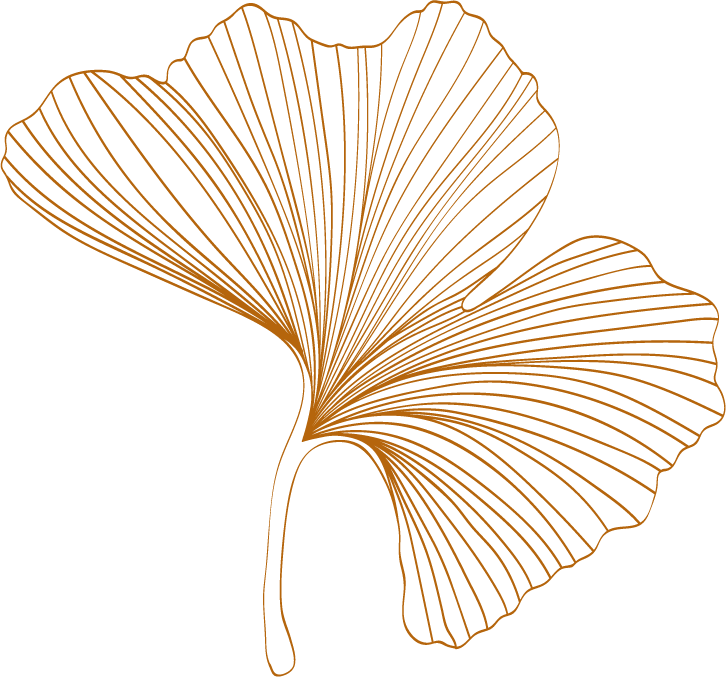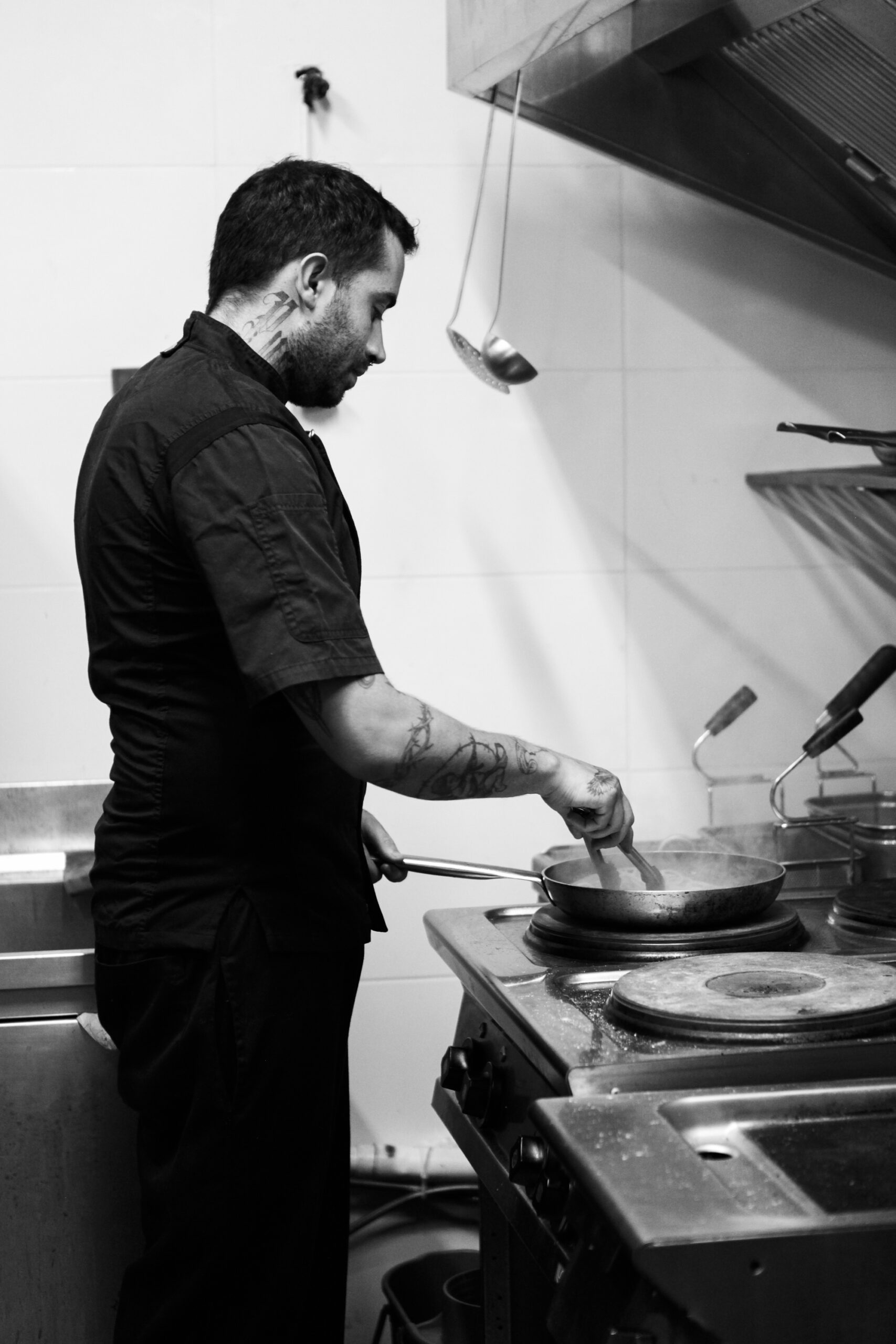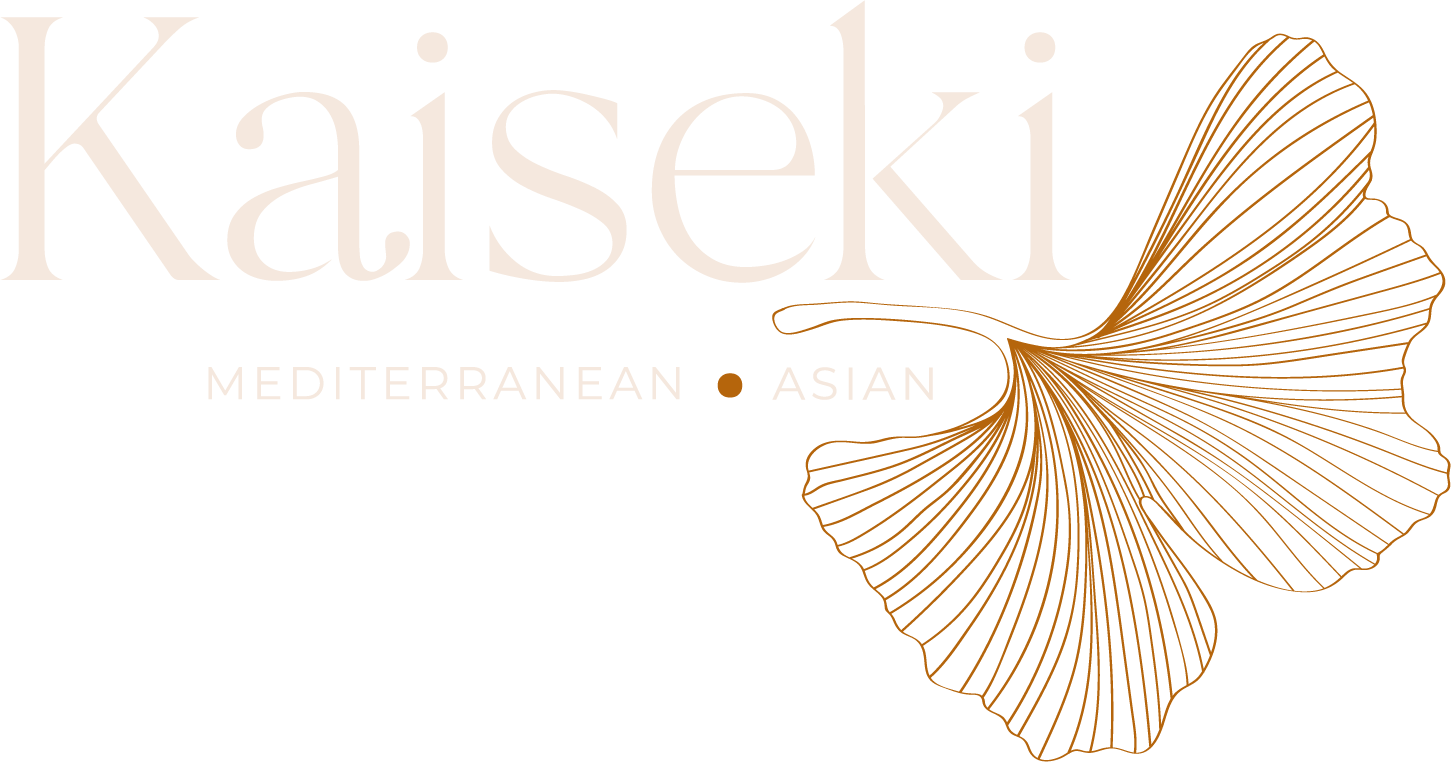About Us
- Home
- About Us

Behind the Name
The name Kaiseki comes from a traditional style of Japanese cuisine in which a series of small, intricate dishes are prepared. It also refers to the required skills and techniques that allow the preparation of these meals, similar to the Haute cuisine of the western world. In today’s world, Kaiseki is considered an art form that balances the flavour, texture, appearance, and colour of food.

About Us
At Kaiseki, we prepare sophisticated dishes that are a combined inspiration from both the Mediterranean and Asian worlds. Through this culinary journey, we will showcase flavours inspired by both cultures, using humble ingredients while re-visiting traditional dishes, to entice your appetite. Our selected aromas, often associated with both customs, are given a gentle twist that elevates those same dishes to new heights.
Why the Ginkgo Biloba
The Ginkgo Biloba is one of the oldest living tree species in the world and is seen both in Japanese and Chinese culture.
In Japanese culture, the ginkgo leaves are associated with longevity due to living for over a thousand years and also endurance, as an anecdote, there are only four ginkgo trees left due to the bombing of Hiroshima in 1945.
Also holding significance in China, the tree has been considered a symbol of hope and peace which is heavily demonstrated in Chinese literature and art with also medical significance in years past used to treat fatigue and more recently asthma.
Kaiseki admires these traits along with its unique beauty and that is why we have adopted it as our symbol.

